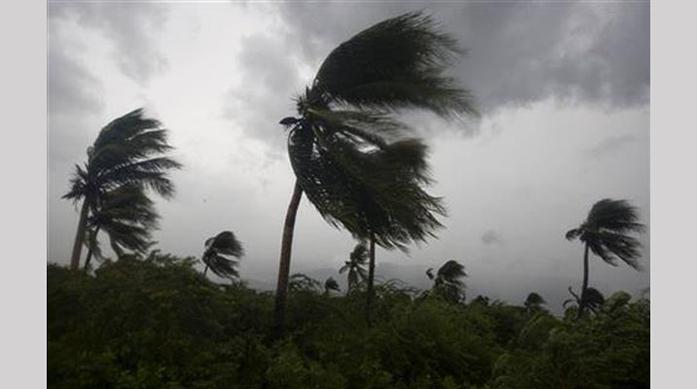Sean Penn, Hollywood actor and ambassador-at-large for development efforts in Haiti, criticized the media and celebrities alike at the 2012 Cannes Film festival. This was after his organization’s efforts to curb the aftermath of the devastating earthquake that struck Haiti in 2010. He remarked on the reality that, “It’s not only celebrities who went for a day … It’s all of you.”
Despite his efforts in Haiti, Penn does not exist without fault – allegations of abuse by his estranged wife, Madonna, have cast an appropriately negative light on the actor-philanthropist.
Regardless, Penn brought attention to an important reality: former colonial entities, namely Haiti, are on the fringes of modernity. But what Sean Penn failed to point out was that it is the developed world that created this disparity. Without foreign recovery and development aid, Haiti will continue its difficult existence, frequently rocked by natural disaster after natural disaster.
During French colonial rule, the island of Haiti was called Saint-Domingue. This name was first assigned by the Spanish, the island’s former colonizers, after Saint Dominic, the patron saint of astronomers. Until 1803, the French controlled Hispaniola in its entirety. Today the island is shared by two sovereign nations: Haiti and Dominican Republic.
Saint Dominic himself could not have predicted the rapid decline of Haiti following the Haitian revolution. This revolution was the first successful slave revolt in the western hemisphere and it challenged the complex that people of color were inherently inferior to the white people who had colonized them.
Abolition of slavery and establishment of the sovereign state of Haiti were just two of the successes achieved during the 13-year revolution.
Statistics suggest that Haiti is one of the poorest countries in the world, with a gross-national product that has proportionally experienced more economic stagnation than it has growth since its independence in 1803.
Hurricane Matthew is yet another catastrophic natural disaster to affect Haiti, exemplifying the notion that Haiti just cannot win.
Although post-earthquake development efforts created earthquake-resistant infrastructure, these preventative measures did little to protect locals from the strong winds and flash floods brought on by Hurricane Matthew.
According to a New York Times article published last week, Jérémie, a Haitian coastal city hit by the hurricane, “was racing into the 21st century, dreaming of advanced agriculture and tourism in one of Haiti’s few nature preserves.” Now it would seem that Hurricane Matthew has further turned back an already slow moving clock.
The New York Times’ over exaggerates the perception that Haiti would finally reach standards enjoyed by much of the developed world, but it does highlight the country’s inability to catch up.
Haiti’s underdevelopment cannot fully be chalked up to forces of nature – it is also important to consider the role that developed nations, particularly the United States and the island’s former colonizers, Spain and France, have played in the country’s struggle to develop.
As of Oct. 12, USAID reported that the category 4 hurricane had killed close to 500 Haitians, while also leading to countless new cases of cholera.
USAID has allocated more than $13 million for humanitarian relief in the aftermath of Hurricane Matthew. France and Spain are both members of the European Commission, which has contributed approximately $1.8 million to hurricane relief efforts.
The distance from Los Angeles to Naperville, Illinois roughly equates to the distance from Iowa to Haiti. With this in mind, the United States’ proximity to Haiti places it the in a pivotal position to provide assistance to the country.



